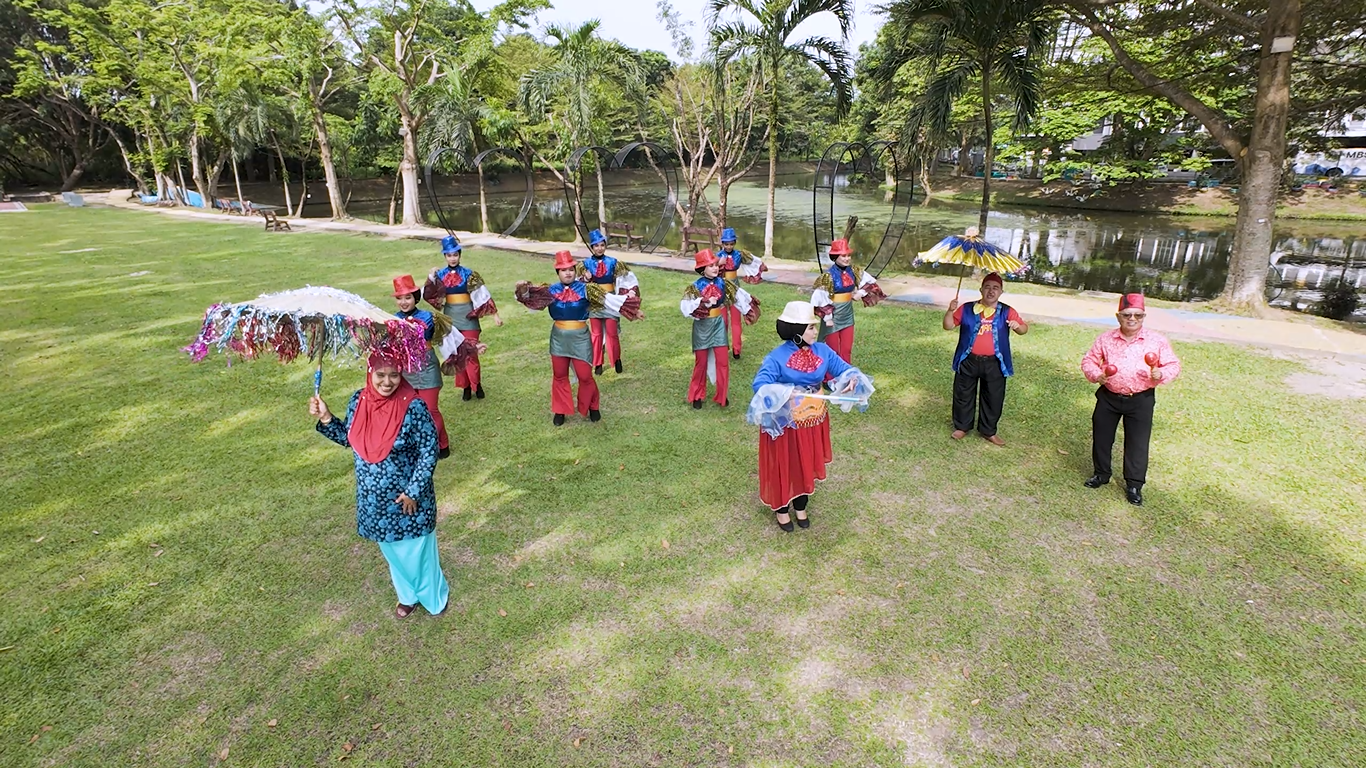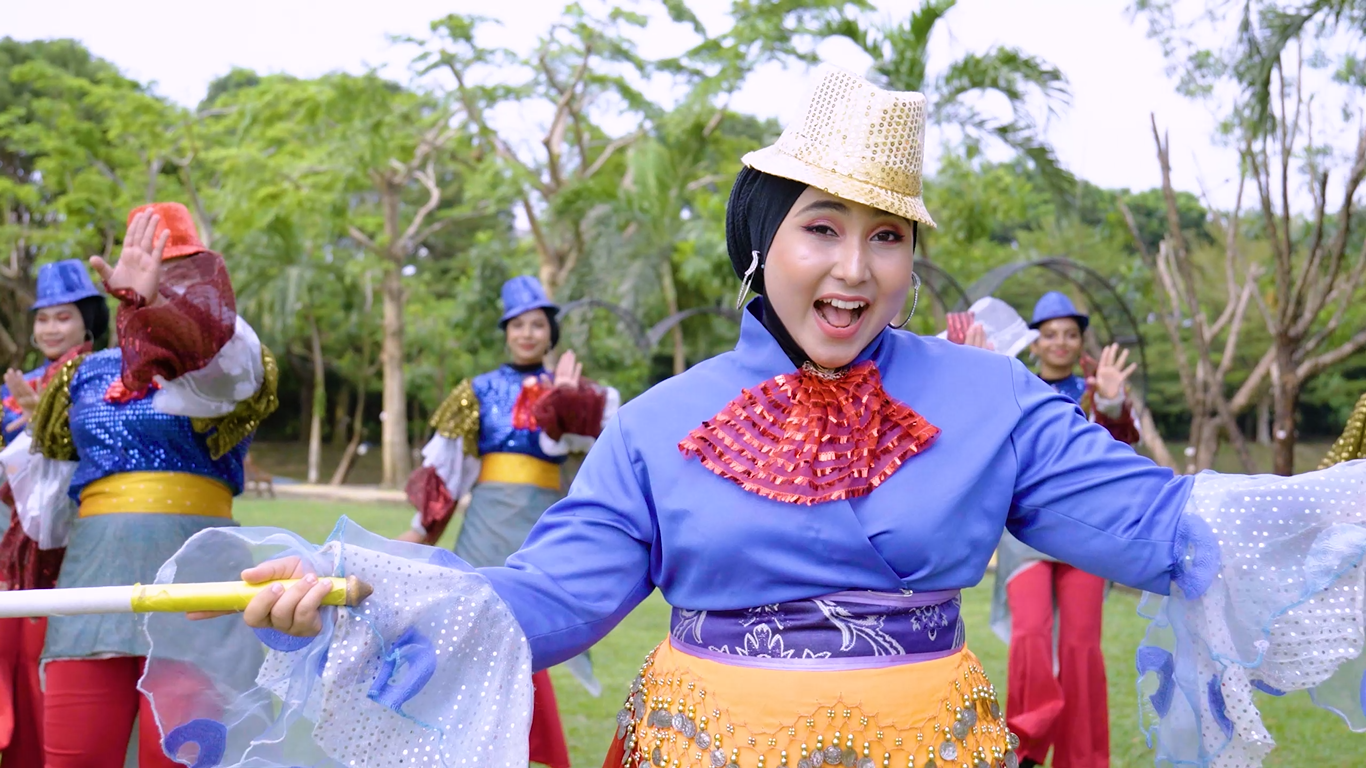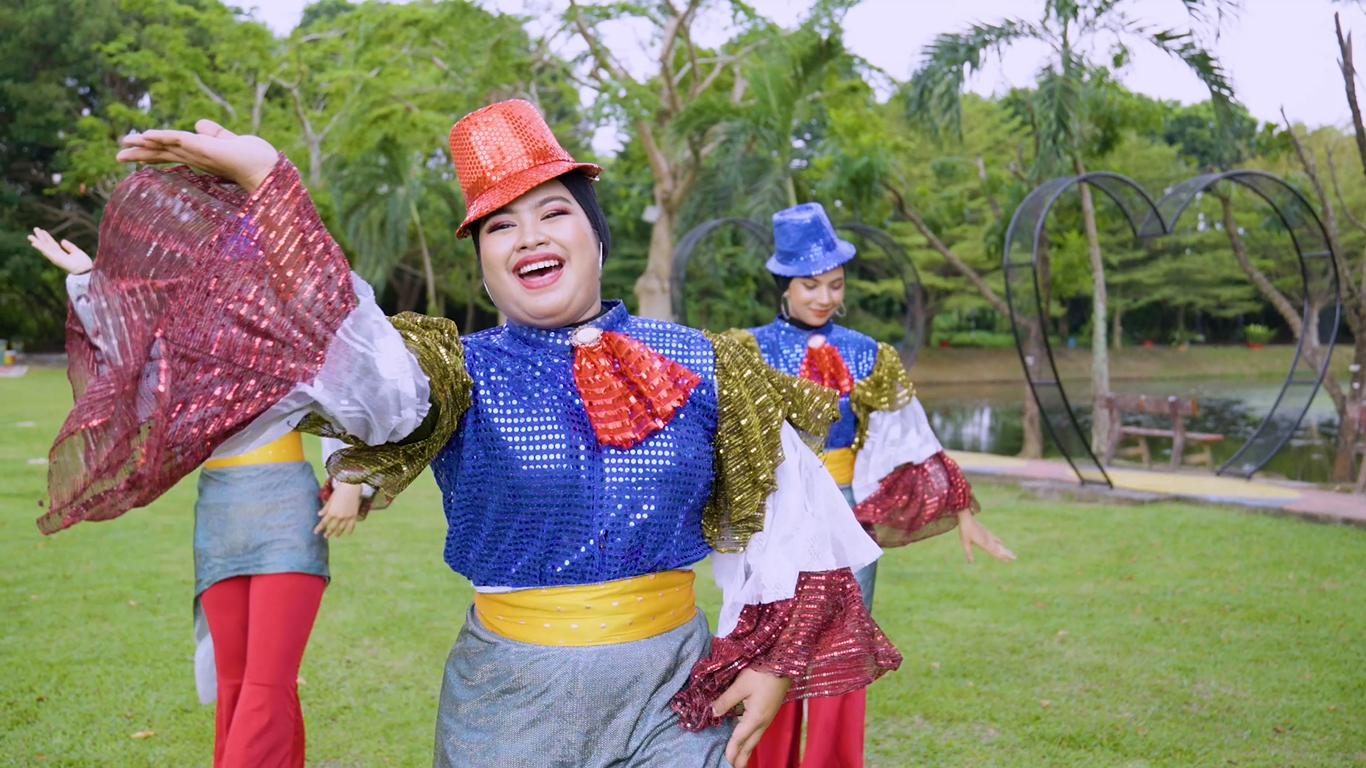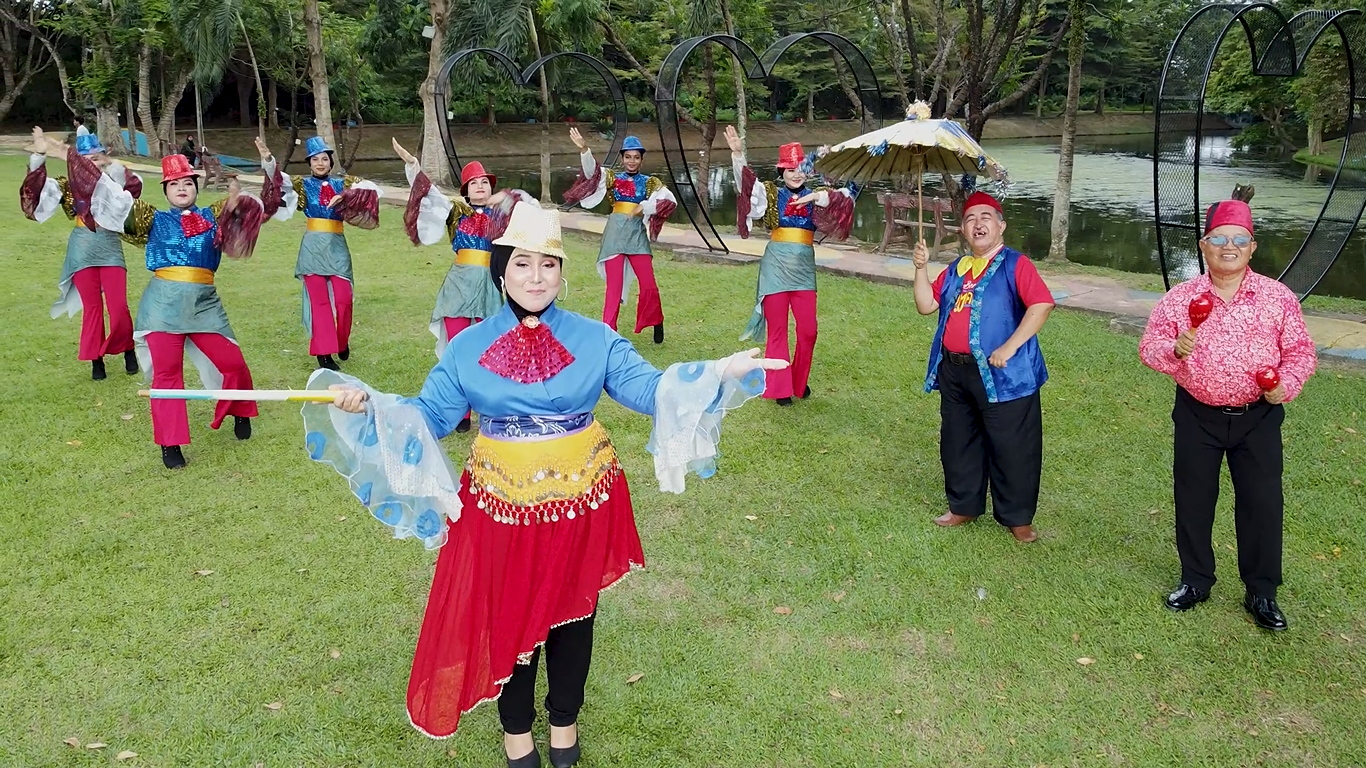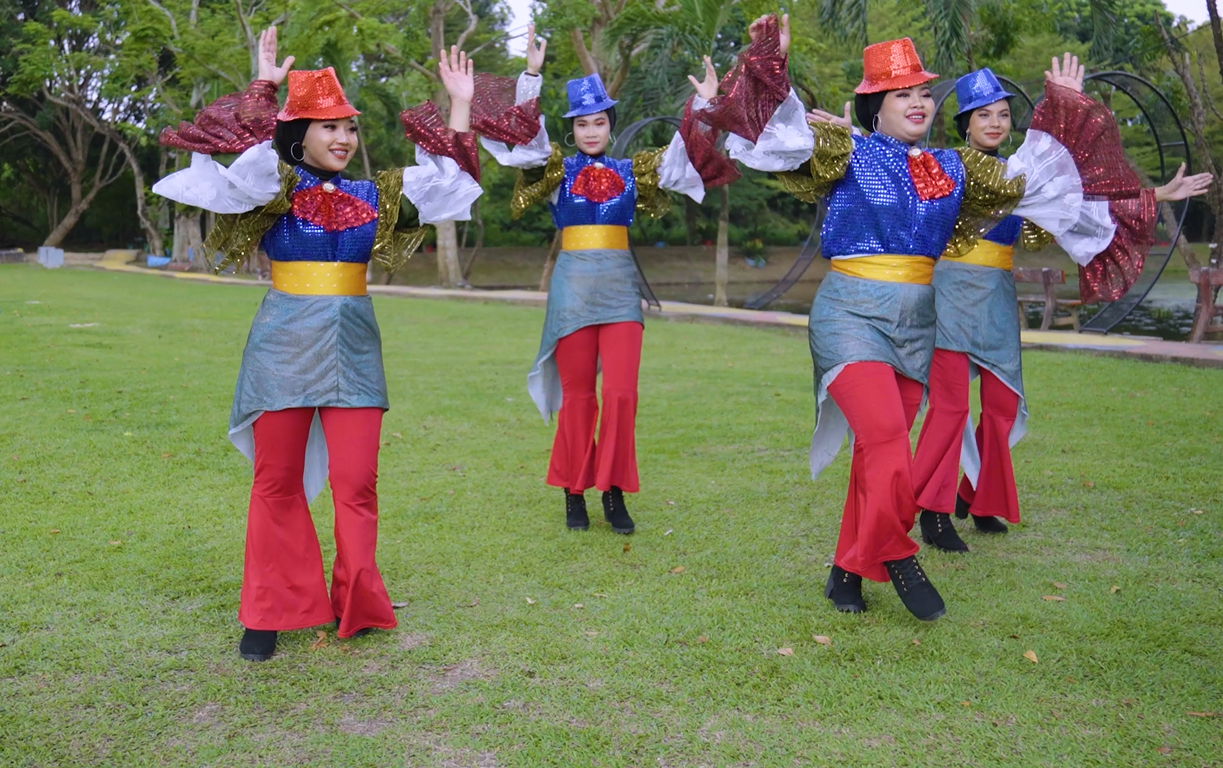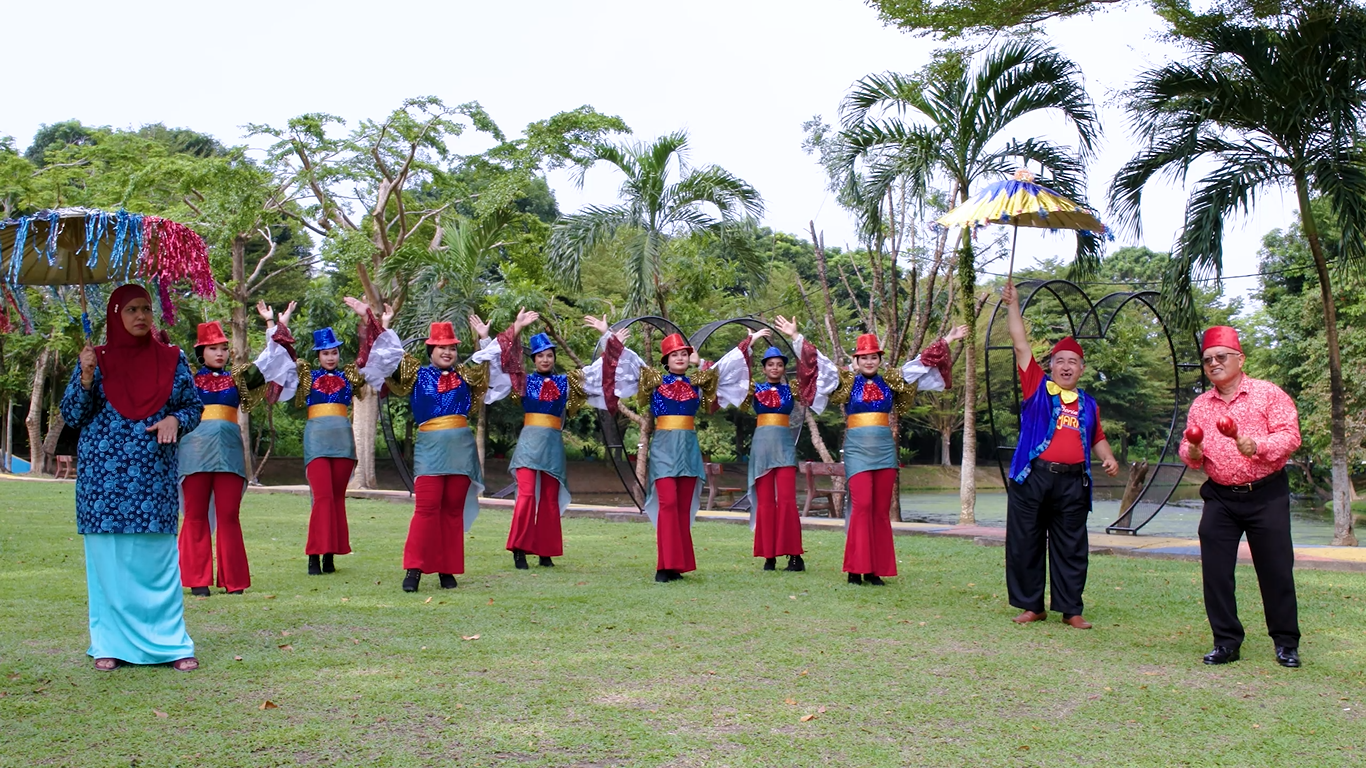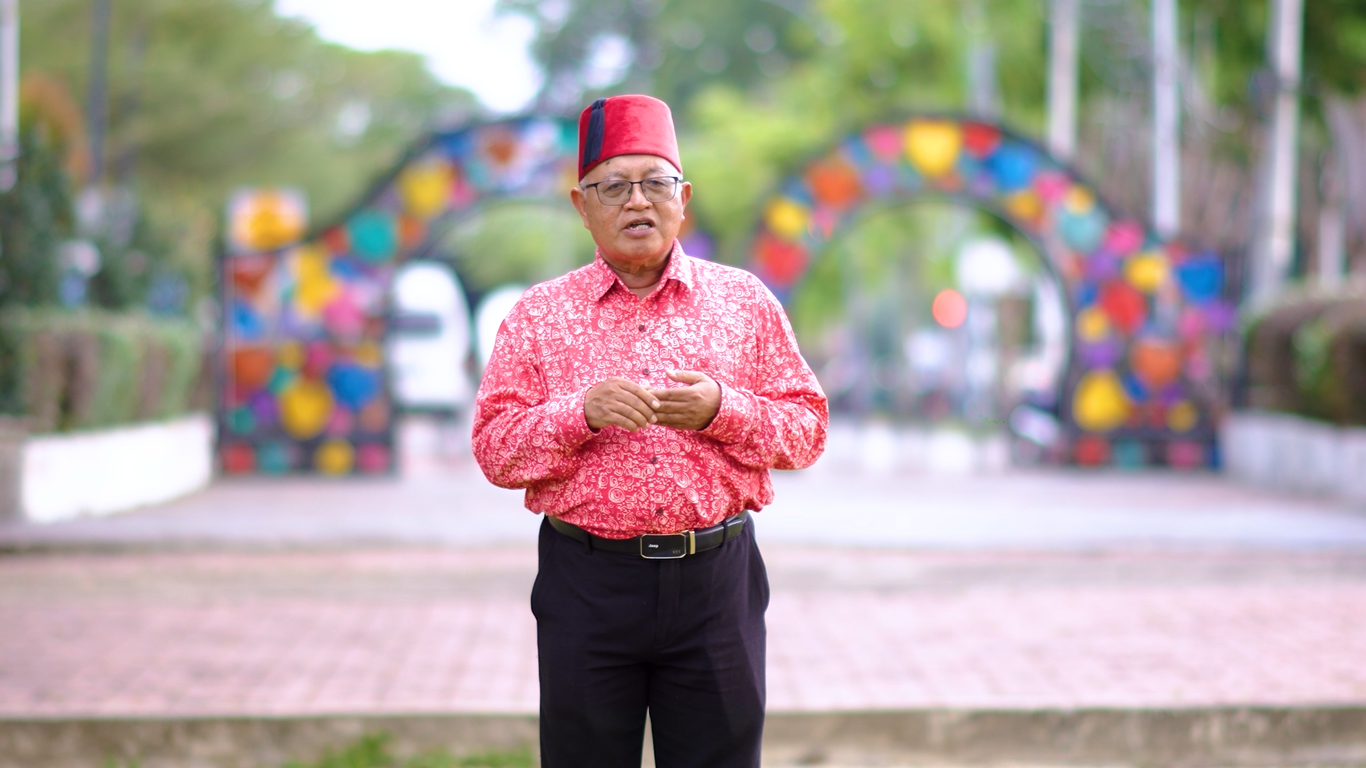ARTS AND CULTURE INFORMATION GATEWAY
Immerse yourself in the colorful world of art and culture! From traditional heritage to contemporary works, discover uniqueness that reflects the nation's identity and identity
PERSEMBAHAN BORIA
Picture
20
Video
Available
Today's Visitor
895
Number of Visitors
2661
Introduction and history
Boria is a heritage theater of Pulau Pinang. It is associated with the history and events of Karbala, the killing of Saidina Hassan and Saidina Hussein by the soldiers of Caliph Muawiyah bin Abi Suffian, in Saudi Arabia, around 1340 years ago.
Some sources also state that boria was brought by Muslim Indians to Pulau Pinang, Malaya, around the 19th century. As Syi’ah followers hold annual ceremony on 10th of Muharram commemorating the Karbala event, these Muslim traders then performed the boria to celebrate it. Performing, they painted their faces, wore masks and sack clothes known as Boria Kuli Kalin. This act was only watched by the locals, especially the Malays.
The word boria is also thought to have been derived from 'borai', a Hindustani word for ‘crazy’. Another, boria can also mean ‘a mat’ because it is associated with Indian sepoi (soldiers) brought in by the British, who executed the boria on mats. While their clothes were also made of mats to depict the misery of Saidina Hassan and Hussein R.A in Karbala. There are also opinions that the word is borrowed from the Gujaratis who came to trade and settle in Penang, the word 'bori'. Fourthly, some think that boria comes from the word 'ria' which means rejoicing.
But most of these origin versions are of oral sources, not written, so none of them are certain.
Boria performances function as a heritage show at ceremonies and cultural art events. It is also a special entertainment which wins the public’s heart with sketches, dance moves, poetic verses, singing, and music. The spectators also enjoy their fancy but respectful clothes. What is more is that its rhymes contain stories or thoughts of the nation’s current issues. As such, while enjoying the sketches, the audience is advised, informed and reminded of what is happening in the country.
Boria costumes have undergone changes since its early days in the 1950s and 1960s. In the beginning, the village performers wore everyday clothes. But the attire began to change when the Malaysian Radio, RTM, organized the Dendang Rakyat TV competition in the 1970s and 1980s. As the saying goes, friends that style together, stay together. So, to win the competition, participating group members wore matching outfits. Presently, in the modern boria performance, the tukang karang (the lead), wear colorful attire and accessories such as fashionable shirts and ruffled sleeves to look most fabulous.
The lead dancer uses a walking stick to enhance his moves, while the rest use umbrellas and flags or anything fitting the rhymes. Its musical instruments are violin, gambus, marwas, tabla, cymptoms, drums, accordion, harmonica and guitar. However, today, performers will pre-record the background music.
One of the boria figures of Pulau Pinang is Omar Md Hashim.
Achievements
• Formed the Boria Omara Group
• Invited the young of all ethnics in Pulau Pinang to perform boria
• Awarded the Pencapaian Sepanjang Hayat, Anugerah Warisan Georgetown World Heritage Incorporated, 2022.
• Invited by many organizations to perform in in Malaysia.
Reference Source
i. Bahan Bacaan : Sejarah dan Perkembangan Boria Pulau
Pinang, terbitan Jabatan Kebudayaan dan Kesenian Negara, Negeri Pulau Pinang,
Kementerian Kebudayaan, Kesenian dan Warisan Malaysia, cetakan pertama 2004,
cetakan kedua 2005
Boria From Passion Play to Malay-Jawi Peranakan
Parody, Wazir Jahan Karim. 2018
Tokoh (jika ada temu bual tokoh) : Omar bin Mad Hashim (Omara)
Location
State JKKN Contact Information
Zurairi bin Hanip
Cultural Officer
Jabatan Kebudayaan dan Kesenian Negara, Pulau Pinang
Kompleks Pustaka Warisan Seni,
Lot No. 2180 Lintang P. Ramlee,
Off Jalan P.Ramlee
10460 PULAU PINANG
04-281 7791 /7792

 1) Kumpulan Boria Omara
Alamat:No. 8, Lorong Pauh 8, Taman Pauh, 13500 Pmtg Pauh, Seb.Prai Tengah.
1) Kumpulan Boria Omara
Alamat:No. 8, Lorong Pauh 8, Taman Pauh, 13500 Pmtg Pauh, Seb.Prai Tengah.